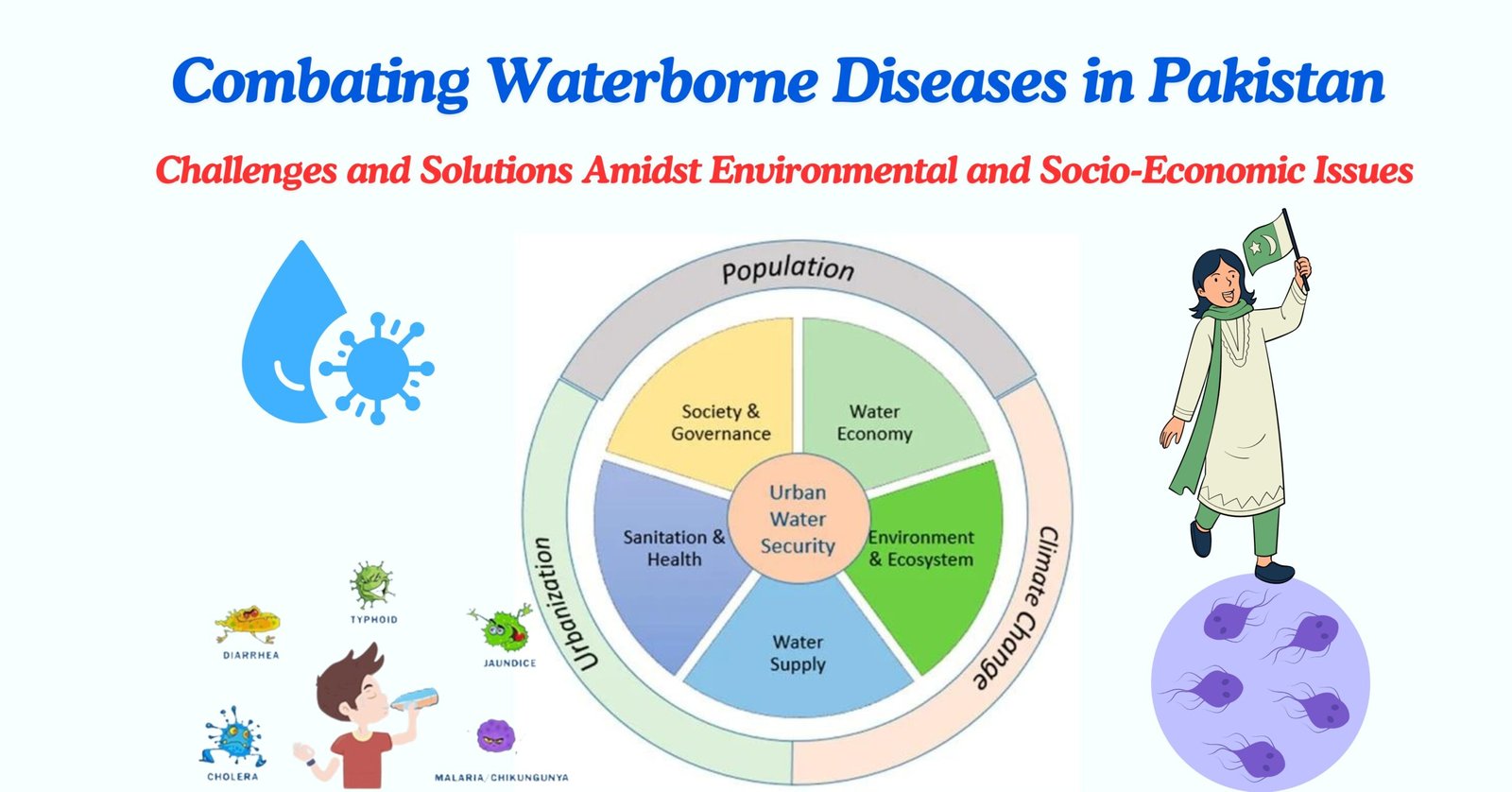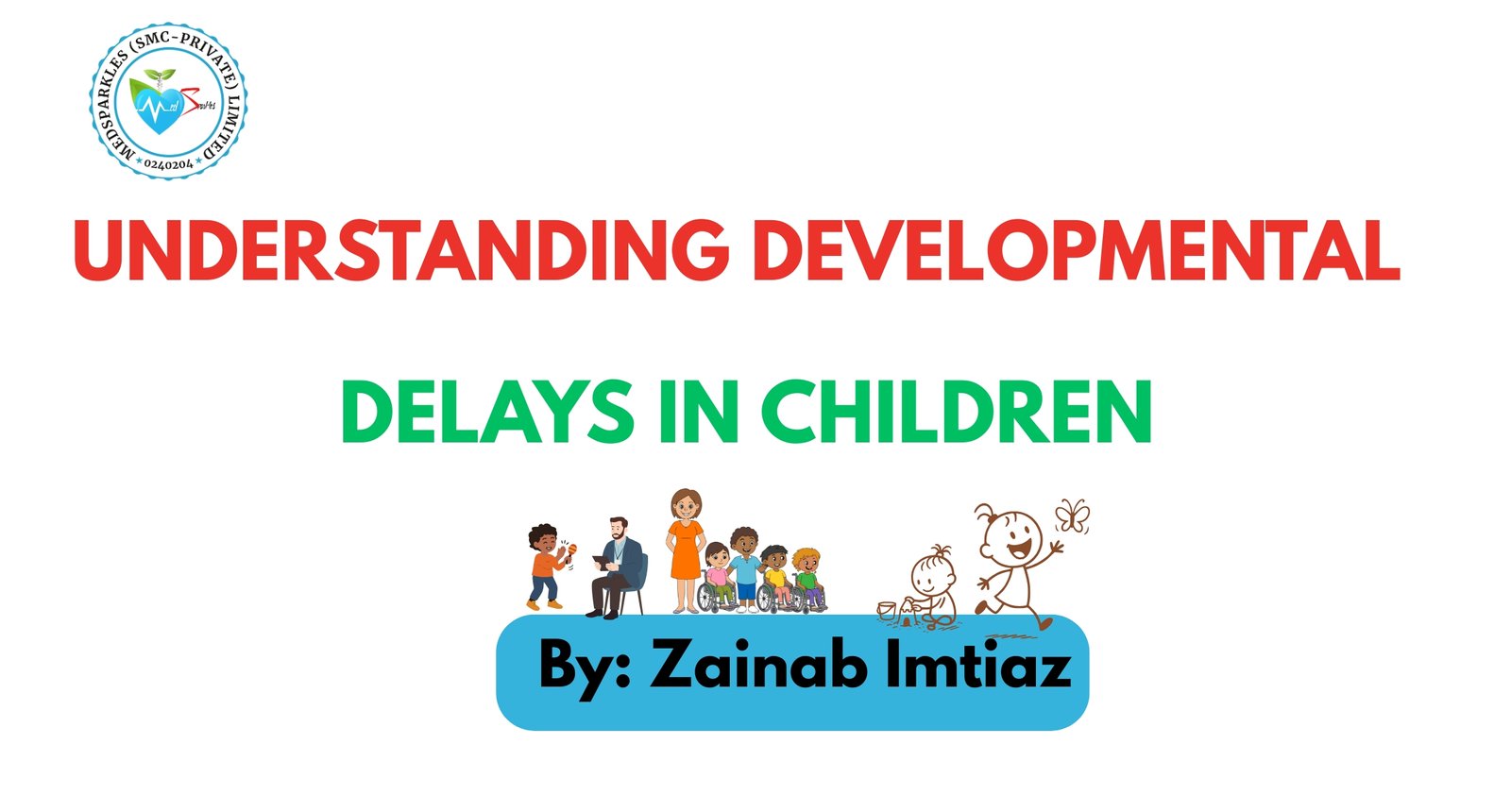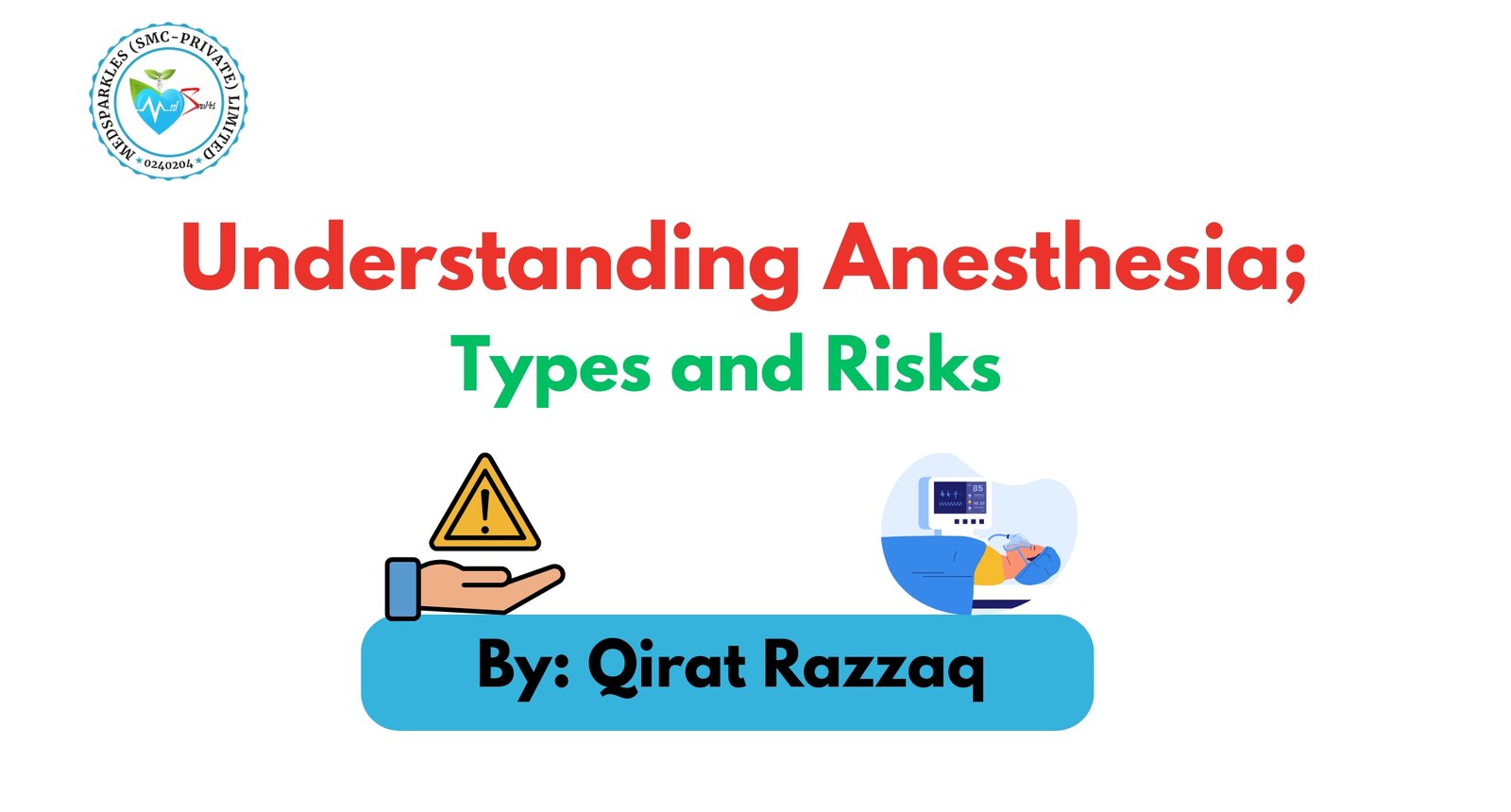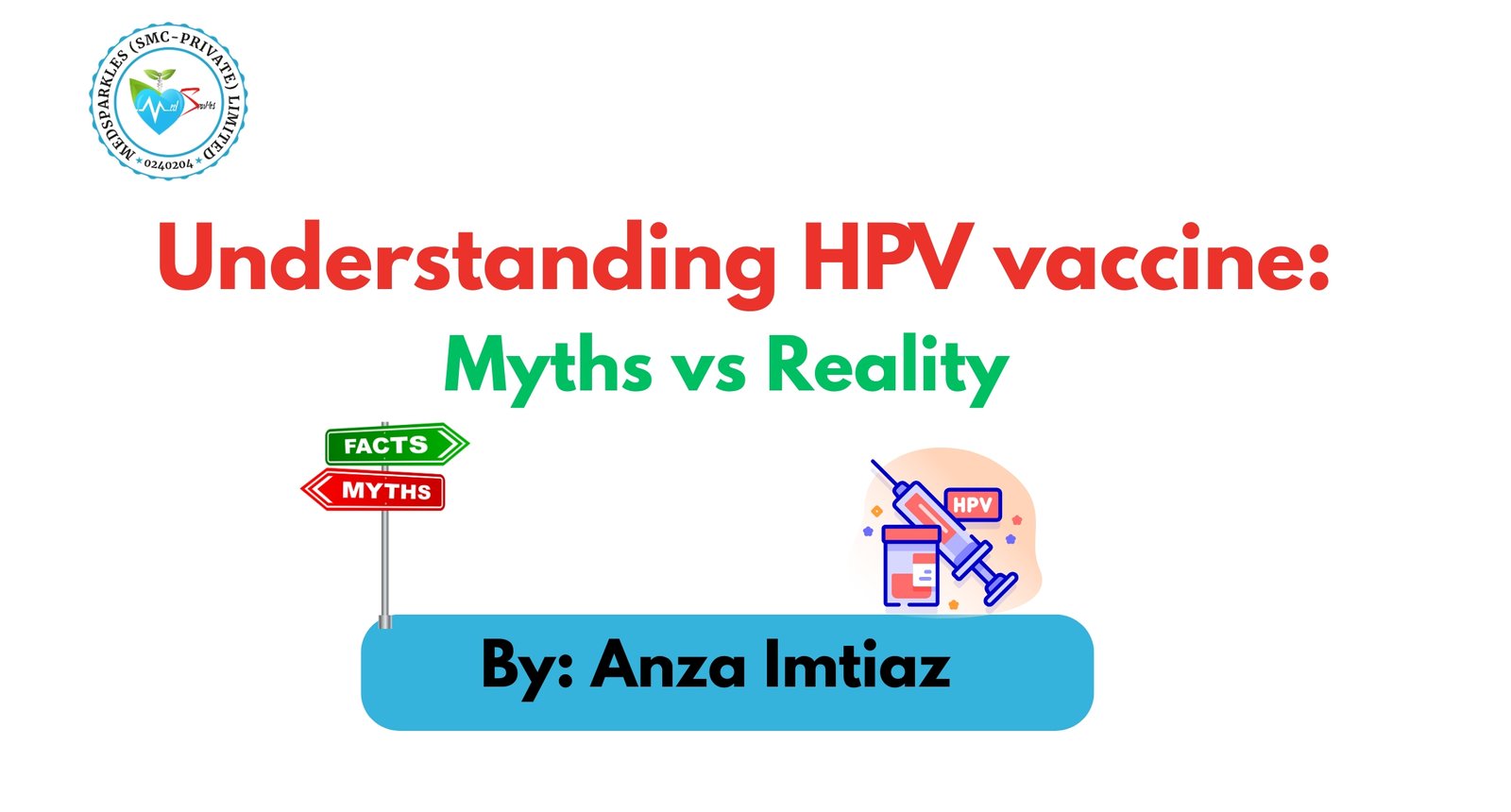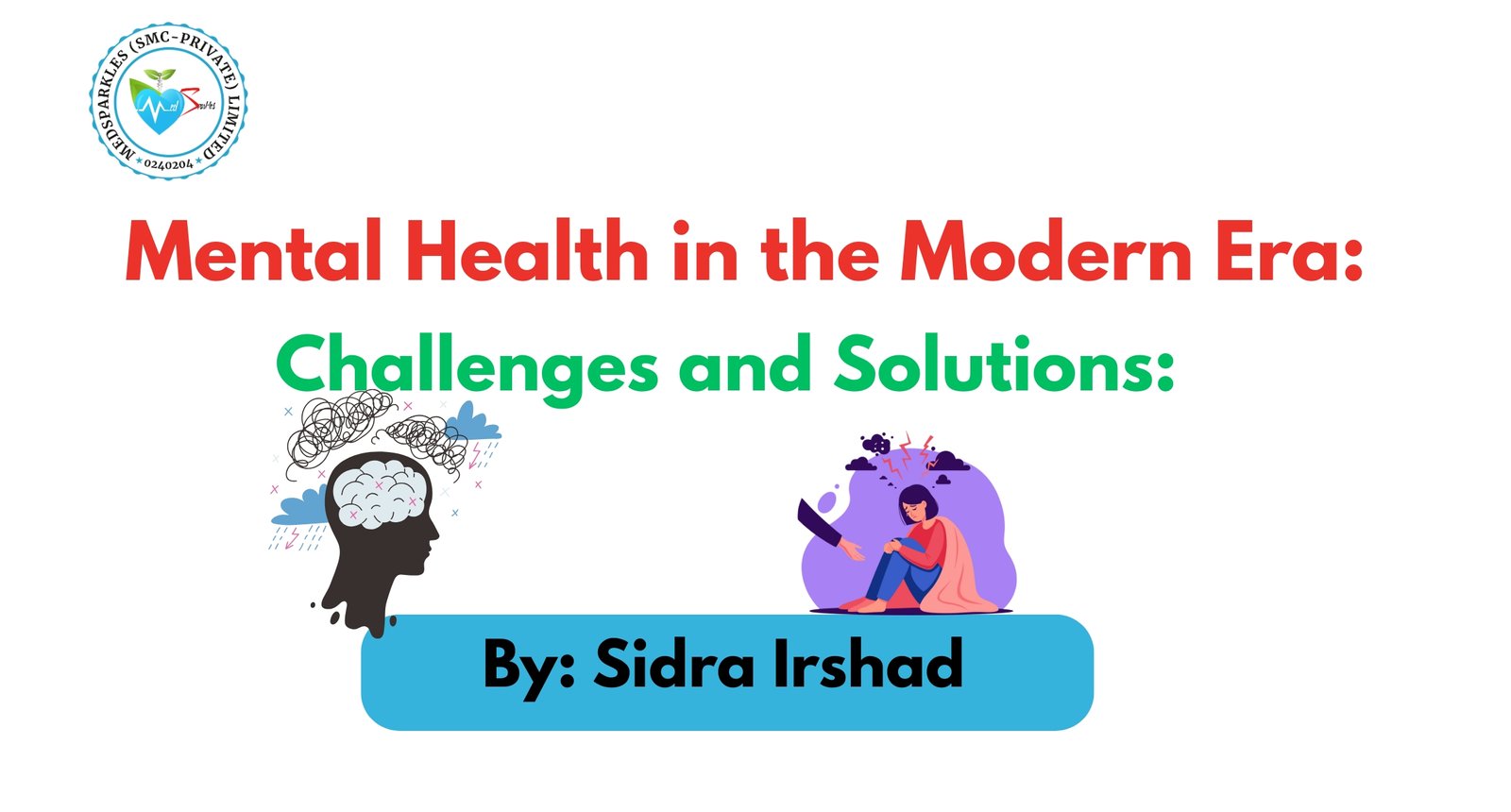Contaminated water remains one of the most pressing public health challenges in Pakistan, where millions of people face the daily threat of waterborne diseases. These diseases are not just a health issue but a reflection of deeper socio-economic and environmental problems that require urgent attention. Understanding the complexities surrounding this issue is crucial for developing effective strategies to combat it.
Waterborne diseases such as cholera, typhoid fever, hepatitis A and E, dysentery, giardiasis, and cryptosporidiosis are widespread in Pakistan. Cholera, for instance, caused by the bacteria Vibrio cholerae, leads to severe diarrhea and dehydration, which can quickly become fatal without prompt treatment. This disease, along with others like typhoid fever and dysentery, tends to flare up in Pakistan, particularly after the monsoon season or in the aftermath of floods, which are common in the country. For example, in 2022, Pakistan faced a severe cholera outbreak in Balochistan, exacerbated by floodwaters contaminating drinking water supplies.
While listing these diseases is important, it’s even more critical to understand the broader context in which they occur. Pakistan’s water contamination issues are deeply intertwined with inadequate sanitation infrastructure, industrial pollution, and agricultural runoff. For instance, many industrial zones discharge untreated waste into rivers, introducing toxic chemicals and heavy metals into water supplies. Agricultural runoff, loaded with pesticides and fertilizers, further contaminates water sources, promoting harmful algal blooms and fostering the spread of waterborne diseases.
These problems are not isolated incidents but are rooted in broader socio-economic and governance challenges. Regulatory enforcement is often weak, and the resources required to manage industrial pollution or improve sanitation infrastructure are limited. Moreover, rapid urbanization has led to overcrowded living conditions, particularly in urban slums, where clean water is a scarce resource, and sanitation facilities are often non-existent. These conditions create a perfect storm for the spread of waterborne diseases.
The socio-economic impacts of these diseases are profound. Waterborne diseases disproportionately affect the poorest segments of the population, particularly in rural areas where access to healthcare is limited. Children are especially vulnerable, with waterborne diseases being a leading cause of child mortality in Pakistan. The economic burden on families is immense, as illness leads to lost productivity and high medical costs. For instance, studies have shown that households affected by typhoid fever may spend up to 10% of their annual income on treatment, pushing already vulnerable families further into poverty.
Given these challenges, the preventive measures currently in place are insufficient and often too generic. What is needed are tailored, context-specific strategies that address the unique challenges faced by different regions within Pakistan. For example, in water-scarce areas, rainwater harvesting, and low-cost water purification technologies could be vital. In urban slums, improving sanitation infrastructure and enforcing regulations against industrial pollution could significantly reduce the burden of waterborne diseases. Community-led initiatives, such as the promotion of hygiene practices and safe water usage, have shown success in some areas and should be expanded.
The role of education and awareness cannot be overstated. Public health campaigns that educate communities about the importance of handwashing, safe food preparation, and the risks of contaminated water are essential. Additionally, government and non-governmental organizations must collaborate to monitor water quality more rigorously and ensure that regulations are enforced, particularly in industrial zones.
In conclusion, while waterborne diseases continue to pose a severe threat to public health in Pakistan, addressing this issue requires a holistic approach. It’s not just about treating the diseases but tackling the root causes—poor sanitation, industrial pollution, and socio-economic disparities. By implementing targeted, context-specific solutions and strengthening regulatory frameworks, Pakistan can make significant strides in reducing the burden of waterborne diseases and improving the overall health and well-being of its population.
References:
- World Health Organization. (2022). Cholera – Pakistan. Retrieved from https://www.who.int/
- Pakistan Council of Research in Water Resources (PCRWR). (2021). Annual Report on Water Quality in Pakistan. Islamabad: PCRWR.
- Ahmed, T., & Kanwal, N. (2021). Typhoid fever in Pakistan: Current epidemiology and implications. Journal of Infection in Developing Countries, 15(4), 445-454. https://doi.org/10.3855/jidc.13649
- Luby, S. P., & Gurley, E. S. (2012). Epidemiology of Hepatitis E Virus in South Asia. International Journal of Infectious Diseases, 16(3), e67-e73. https://doi.org/10.1016/j.ijid.2011.12.012
- UNICEF Pakistan. (2020). Water, Sanitation and Hygiene (WASH) in Pakistan. Retrieved from https://www.unicef.org/pakistan/
